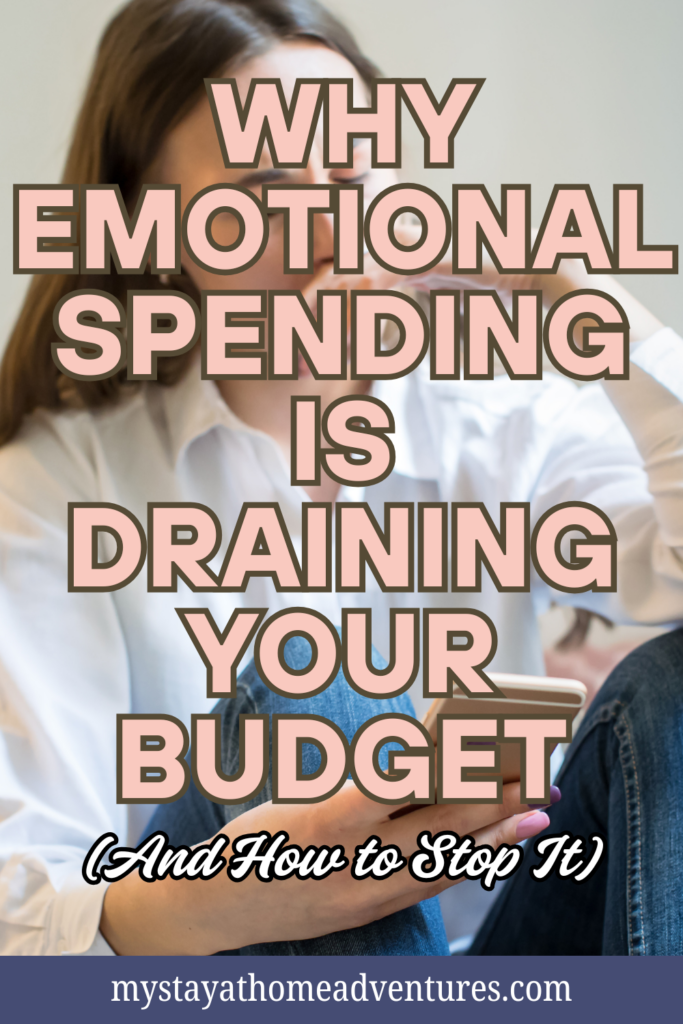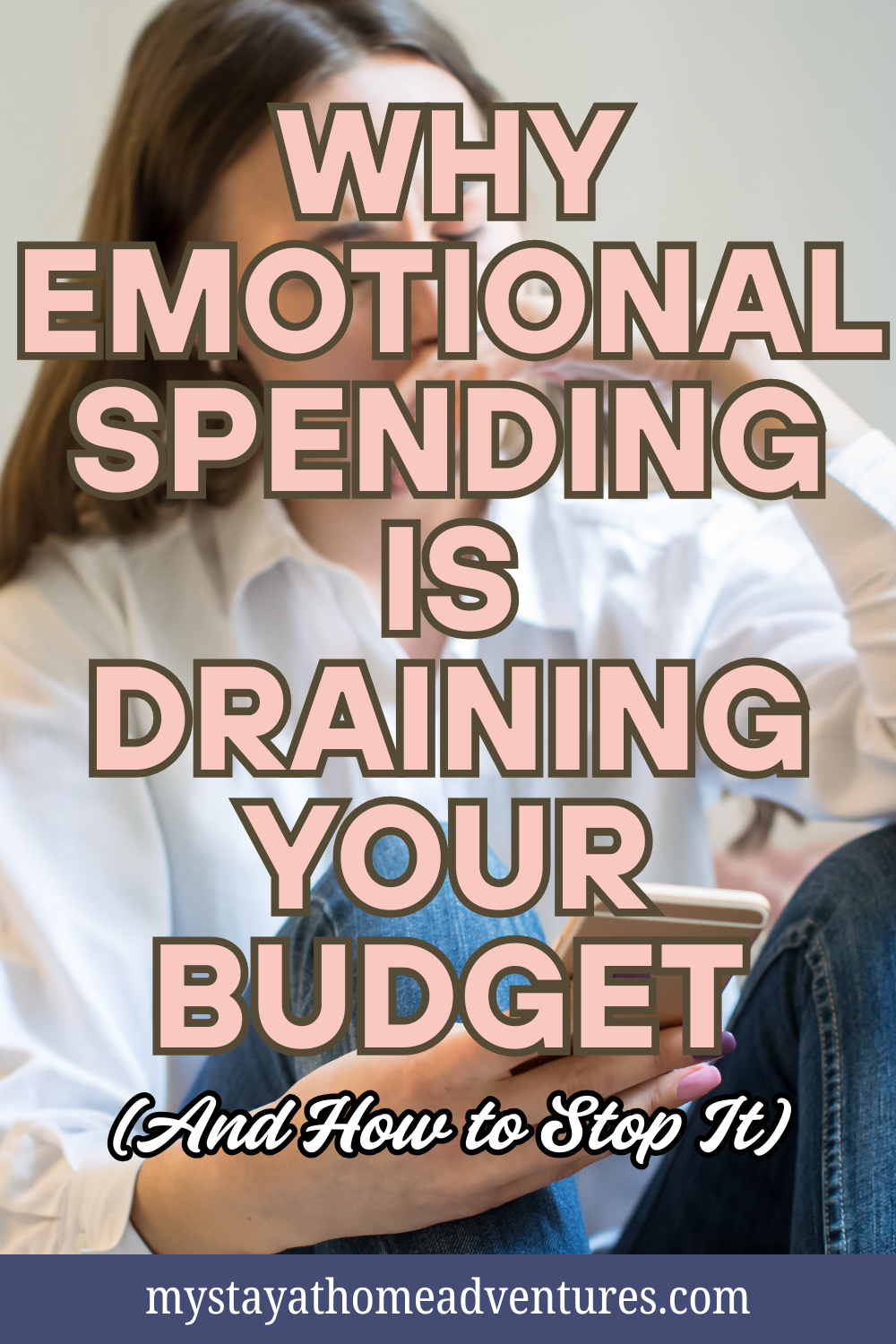Why Emotional Spending is Draining Your Budget (and How to Stop It)
This post may contain affiliate links which might earn us money. Please read my Disclosure and Privacy policies hereYou know that feeling — the one where you’ve had a long day, the kids are finally in bed, and you find yourself scrolling online “just to look.” Before you know it, you’ve hit Add to Cart on a few “little” things.
It feels harmless… until the bill comes.
Emotional spending isn’t about buying what you need — it’s about spending to soothe stress, boredom, or even guilt. And while that quick hit of relief feels good in the moment, it can quietly drain your budget and keep you from reaching your financial goals.

Why Moms Are Especially Vulnerable to Emotional Spending
As moms, we carry a lot. The grocery lists. The school fees. The mental load of remembering everything. Sometimes a purchase feels like the reward we “deserve” for holding it all together.
The problem? Those small splurges add up — and they often take away from the things we truly want for our families, like an emergency fund, a family trip, or paying off debt.
The Hidden Cost of Emotional Spending
- It eats into your emergency savings without you realizing it.
- It delays bigger goals like debt payoff or home repairs.
- It makes you feel broke even when you’re earning enough.
I’ve been there — even as someone who loves budgeting, I’ve had seasons where the stress was high and the spending snuck in. What helped me was shifting my approach so I wasn’t just trying to “have more willpower”… I had an actual plan.

5 Simple Ways to Break the Cycle
1. Pause Before You Purchase
Wait 24–48 hours before buying anything non-essential. Often, the urge fades and you realize you didn’t need it after all.
2. Create a “No-Guilt” Fun Budget
Set aside a small weekly amount for personal treats so you can enjoy them without derailing your budget.
3. Identify Your Triggers
Pay attention to when you tend to shop — after a stressful day, during late-night scrolling, or when comparing yourself to others. Knowing your triggers makes it easier to stop them.
4. Replace the Habit with Something Free
Go for a walk, put on a favorite playlist, or call a friend. Emotional spending thrives on impulse — breaking that cycle helps you save.
5. Track Your “Wants” Separately from Your “Needs”
A simple list (or a cash envelope system) helps you see where your money is going and keeps essentials protected.
These might seem small, but when you combine them with a clear money plan, you’ll be surprised how quickly you take back control of your finances.
If This Hits Close to Home…
In my ebook When Prices Rise: A Mom’s First Steps to Getting Financially Ready, I share the exact steps I took to get a handle on emotional spending, rebuild our savings, and lead my family through tight seasons without constant stress.
If you’re ready to stop the budget leaks and start feeling more in control — even in unpredictable times — you can get your copy here.
💬 I’d love to hear from you: Have you ever caught yourself making a purchase just to feel better? What’s one thing you’ve done to stop emotional spending in your own life? Share your thoughts in the comments — you never know who your story might inspire.








